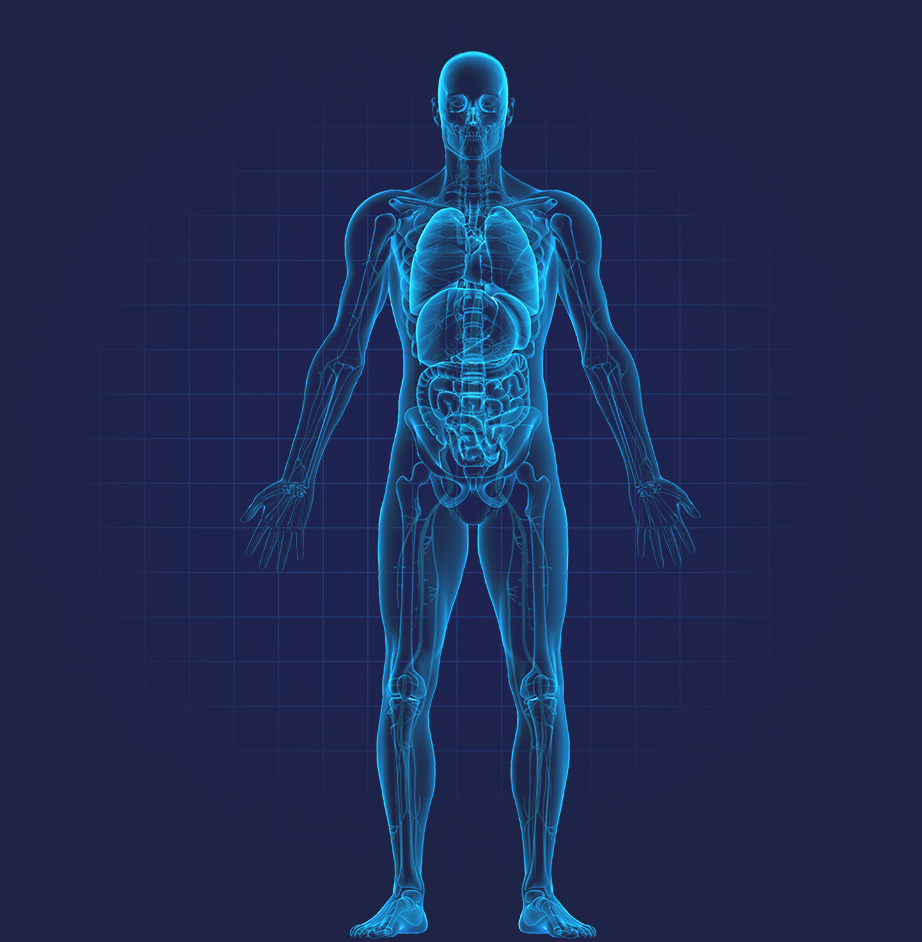Epidural Steroid Injection in Dallas

What is Epidural Steroid Injection?
How does an Epidural Steroid Injection Work?
The steroid injection epidural reduces this inflammation, thereby decreasing pain and swelling in the affected area. The medication also helps to flush out inflammatory proteins from the area, reducing nerve irritation even more. Pain relief can begin within a few days and may last several weeks to months, depending on the underlying condition and severity of inflammation being treated. This procedure helps improve mobility and function while minimizing the need for oral medications.
Epidural Steroid Injection Procedure Details
The epidural steroid injections procedure typically looks like this:
- Preparation. After arriving at the pain management clinic, the patient changes into a gown and lies face down or on their side. The skin around the injection site is cleaned and numbed with a local anesthetic.
- Needle Insertion. Using fluoroscopy (real-time X-ray guidance), the doctor carefully inserts a needle into the epidural space, which is the area around the spinal cord and nerves.
- Injection. A mixture of steroid and anesthetic is injected into the epidural space to reduce inflammation and relieve pain.
- Monitoring. The patient is observed for 15-20 minutes after the injection to ensure there are no immediate side effects.
- Post-Procedure. Patients are usually advised to rest and may experience relief within a few days, with effects lasting weeks to months.

Types of Epidural Steroid Injections
Here are the different types of spinal epidural steroid injections
- Caudal Epidural Steroid Injection. Administered in the lower back through the sacral hiatus, this injection is used for pain relief in the lower spine, especially when direct access to the lumbar region is challenging.
- Cervical Epidural Steroid Injection. Targeted at the neck region, this injection helps ease pain radiating down the arms due to nerve compression in the cervical spine.
- Lumbar Epidural Steroid Injection. Given in the lower back, this is commonly used for treating pain radiating down the legs, typically caused by conditions like sciatica or lumbar disc herniation.
- Thoracic Epidural Injection. This injection targets the mid-back area, helping to ease pain caused by nerve compression or inflammation in the thoracic spine.

Who can Benefit from an ESI Injection?
- Individuals with Chronic Back or Neck Pain. Especially those with conditions like herniated discs, spinal stenosis, or sciatica.
- Patients Experiencing Nerve Pain. Those with nerve pain radiating down the arms or legs due to compressed nerves.
- People with Inflammation-Related Pain. Individuals suffering from inflammation in the spinal nerves that causes significant discomfort.
- Patients Seeking Non-Surgical Pain Relief. Those who prefer a minimally invasive option before considering surgery.
- Individuals with Acute Pain Episodes. Those who experience sudden flare-ups of severe pain and need quick relief.
- Patients Requiring Pain Relief for Physical Therapy. Those needing reduced pain to participate in physical therapy effectively.
Benefits of an Epidural Steroid Injection
Side Effects of Epidural Steroid Injections
Overall the procedure is considered safe if performed by an experienced and licensed professional.
Choose Us for Epidural Steroid Injection Procedure in Dallas, TX
At Foundation Pain & Spine Pain Management Clinic in Dallas, TX, we provide expert care for the spinal epidural injection procedure, led by our experienced MD and Founder, Dr. Thompson. Our clinic is dedicated to offering fully personalized treatment plans to help you find relief from chronic back, neck, or leg pain.
With advanced techniques and genuine care, we ensure a safe and effective experience. Whether you need an epidural steroid injection or other treatments like viscosupplementation, our goal is to improve your quality of life. Contact us today to schedule a consultation and start your way to pain-free life.

Our Insurance Partners
At Foundation Pain & Spine, Dr. Thompson and his team are here to help patients find relief from pain. Effective pain relief starts with a pain specialist and Dr. Thompson is here for you.
What Clients Say About Us
Frequently Questions About Epidural Steroid Injection
What is an Epidural Steroid Injection?
An epidural steroid injection is a procedure where a corticosteroid medication is injected into the epidural space of the spine to reduce inflammation and relieve pain, typically caused by conditions like herniated discs or spinal stenosis.
How does an Epidural Steroid Injection Work?
The injection delivers anti-inflammatory medication directly to the affected area of the spine, targeting nerve roots and reducing swelling and irritation, which helps alleviate pain and improve mobility.
What to Expect After a Lumbar Epidural Steroid Injection?
After a lumbar epidural steroid injection, you may experience temporary soreness at the injection site and some initial increase in pain. Many people notice pain relief within a few days, with improvements continuing over the following weeks.
How Often can You get a Transforaminal Epidural Steroid Injection?
The frequency of transforaminal epidural steroid injections varies based on individual needs and treatment response. Typically, injections can be administered every 6 to 12 weeks, but your doctor will recommend the best schedule for your condition.
How Long Should You Rest After an Epidural Steroid Injection?
How long should you rest after an epidural steroid injection?

Where Are You
Experiencing
Pain?
Come Find Us
Office Hours
Weekdays: ![]() 8:00 AM - 4:00 PM
8:00 AM - 4:00 PM
Weekends: ![]() Closed
Closed



